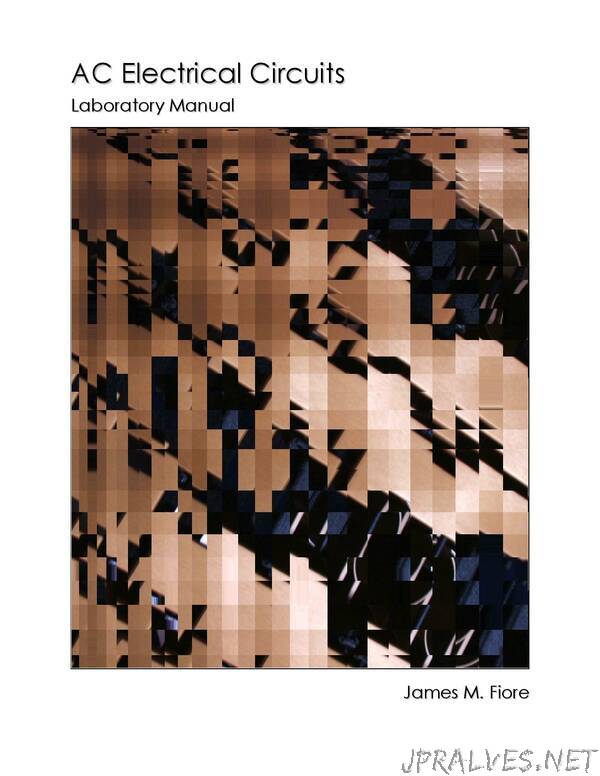
“This manual is intended for use in an AC electrical circuits course and is appropriate for either a two or four year electrical engineering technology curriculum. The manual contains sufficient exercises for a typical 15 week course using a two to three hour practicum period. The topics range from introductory RL and RC circuits and oscilloscope orientation through series-parallel circuits, superposition, Thevenin’s Theorem, Maximum Power Transfer Theorem, and concludes with series and parallel resonance. For equipment, each lab station should include a dual channel oscilloscope (preferably digital), a function generator and a quality DMM. The exercise covering Superposition requires two function generators. For components, a selection of standard value ¼ watt carbon film resistors ranging from a few ohms to a few mega ohms is required along with a selection of film capacitors up to 2.2 µF, and 1 mH and 10 mH inductors. A decade resistance box may also be useful.
Each exercise begins with an Objective and a Theory Overview. The Equipment List follows with space provided for serial numbers and measured values of components. Schematics are presented next along with the step-by-step procedure. All data tables are grouped together, typically with columns for the theoretical and experimental results, along with a column for the percent deviations between them.
Finally, a group of appropriate questions are presented. For those with longer scheduled lab times, a useful addition is to simulate the circuit(s) with a SPICE-based tool such as Multisim or PSpice, TINA-TI, LTspice, or similar software, and compare those results to the theoretical and experimental results as well.
A companion manual for DC electrical circuits is also available. Other manuals in this series include Semiconductor Devices (diodes, bipolar transistors and FETs), Operational Amplifiers and Linear Integrated Circuits, Computer Programming with Python™ and Multisim™, and Embedded Controllers Using C and Arduino. Three texts are also available covering Semiconductor Devices, Op Amps & Linear Integrated Circuits, and Embedded Controllers. Finally, problem workbooks are available for DC and AC electrical circuits.”
